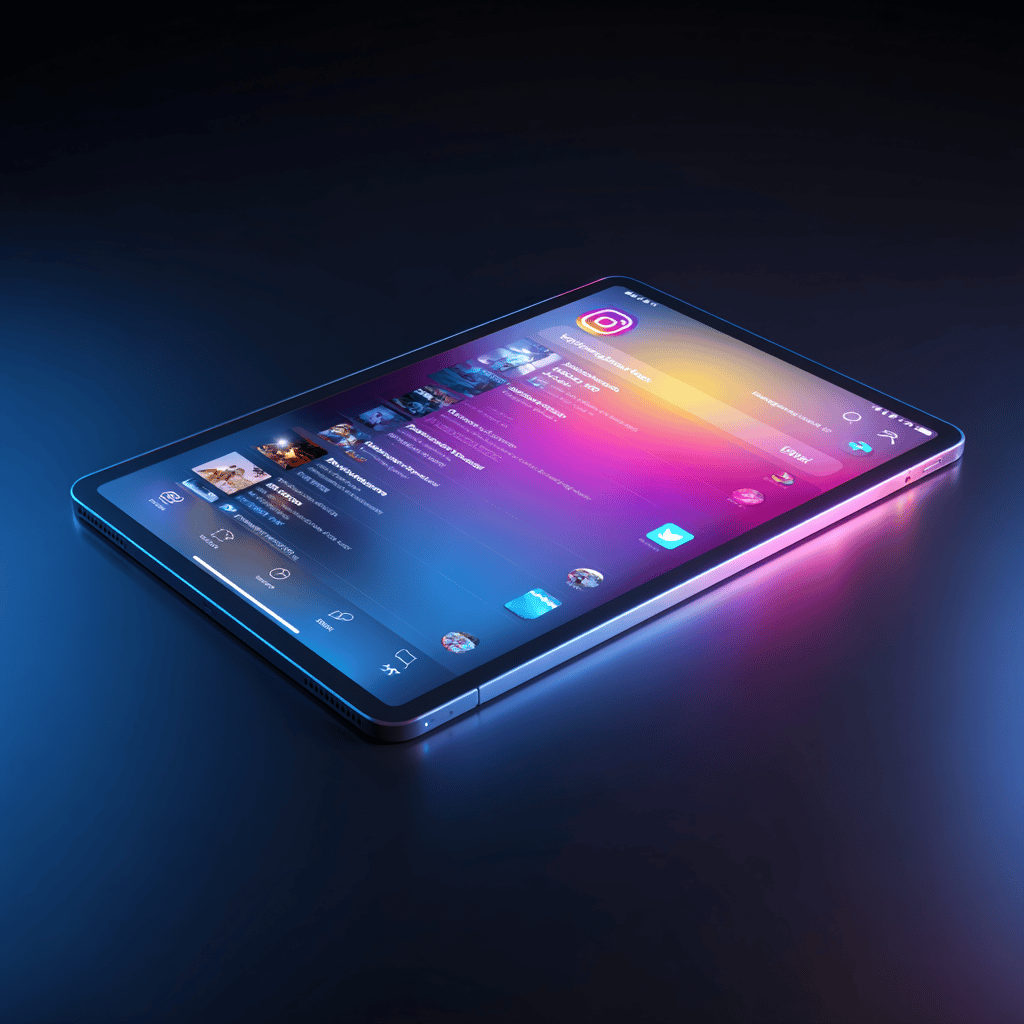At long last, the seemingly unattainable dream for countless iPad users—the long-rumored and endlessly requested arrival of Instagram on Apple’s tablet—has become a reality. For more than a decade, the absence of an official iPad version was regarded by many as the platform’s great paradox, a conspicuous oversight from one of the world’s most prominent social media apps. Until now, the only recourse for users was to download the standard iPhone version and attempt to scale it awkwardly onto the larger display. Unfortunately, that workaround resulted in what could only be described as a frustratingly inadequate and inelegant experience: either a stretched-out, pixelated interface that looked disproportionate on a tablet, or a tiny phone-sized window floating uncomfortably in the middle of a screen capable of far more. Neither option lived up to the polished quality users expected, and in fact, the entire workflow felt clunky, unsatisfying, and—quite frankly—embarrassingly outdated.
Now, nearly fifteen years after Instagram first debuted in 2010—a year that also witnessed the debut of Apple’s first iPad—users can finally interact with the platform in a way that takes full advantage of a tablet’s dimensions. Trying out the new app for myself on my own iPad, a device I admittedly don’t reach for all that often beyond occasional couch-based browsing when I’ve left my phone elsewhere, I was struck by how drastically the experience has been elevated. To put it bluntly, this new app transforms casual scrolling into something that feels surprisingly immersive, almost luxurious. If doomscrolling—the habit of endlessly scrolling through content, often past the point of overload—needed a definitive vessel, this iPad app feels like the Cadillac version: sleek, spacious, and oddly comfortable in its indulgence.
One of the first and most noticeable distinctions between the iPhone app and the newly unveiled iPad version is the way the app presents content as soon as it opens. On the smaller screens of our phones, Instagram at least preserves the illusion that its core is still about seeing updates from friends. Not so here. On the iPad, the app bypasses subtlety altogether and unapologetically launches straight into the Reels tab—the section dominated by algorithmically recommended short-form videos. In doing so, Instagram makes its priorities abundantly clear: this is not a companion platform for keeping up with your circle of acquaintances through carefully curated photographs; this is an entertainment hub, foregrounding addictive video snippets designed for prolonged engagement. Stories, of course, remain visible at the top of the screen for those who wish to interact with familiar connections still dedicated to the increasingly nostalgic idea of uploading snapshots and clips of their everyday lives for close friends. But the hierarchy is unmistakable: the spotlight belongs firmly to video.
The change works particularly well given the use case of an iPad, a device that has become synonymous with high-quality video consumption. Many people turn to their tablets for extended viewing—whether for binge-watching television series, streaming films, or exploring long-form content on YouTube. Against that backdrop, Instagram’s choice to emphasize Reels on the iPad feels not just strategic but natural. The app, in essence, is redefined here not as a casual check-in on acquaintances’ updates but as a lean-back entertainment experience tailored for extended, passive consumption. Instagram’s own official blog highlights this point directly, describing the redesign as an intentional adaptation to bigger screens and emphasizing their aim of facilitating what they call “lean back entertainment.” And in truth, sitting comfortably on a couch while scrolling through an endless cascade of videos does indeed fulfill that promise.
Among the subtle refinements that further distinguish the app is its approach to audio playback, which is often an overlooked yet crucial aspect of user experience. On many platforms, the moment you open an app, sound can blare without warning, creating jarring interruptions. Instagram’s iPad app eliminates that frustration elegantly: the default behavior ensures that the very first Reel appears silently. Yet instead of requiring the user to search for and tap a small sound icon in the corner, volume activates automatically with the simplest of gestures—a slight downward scroll. This small adjustment may seem trivial at first glance, but in practice it feels far more intuitive, seamless, and considerate of the user’s environment. The feature reduces friction, prevents the unpleasant surprise of sudden audio, and subtly reinforces the app’s reputation for smooth, intuitive functionality.
Taken together, these deliberate choices underscore a clear message about the app’s broader trajectory. Instagram on iPad is no mere port; it is a calculated reframing of the platform’s identity around video-first engagement, leveraging the very nature of a tablet screen to encourage longer viewing sessions. The company appears less interested in perpetuating the idea that Instagram is primarily a photo-sharing service and more invested in consolidating its role as a full-fledged entertainment platform. For many, that shift will feel like a betrayal of Instagram’s original purpose. Yet for others, especially those seeking a convenient way to consume video content on a larger display without the friction of navigating a web browser or upscaling a mobile app, this is an overdue evolution.
As for me, while I may joke about slipping into mindless screen-watching until I’m left pleasantly numb, the truth is clear: Instagram for iPad represents a long-awaited improvement that acknowledges the realities of how people use their devices in 2024. And frankly, Meta doesn’t need to ask twice—I’ll gladly lean back and let the endless stream of Reels wash over me.
Sourse: https://www.businessinsider.com/instagram-ipad-app-doomscrolling-reels-2025-9



